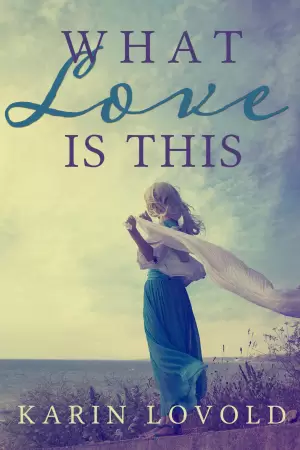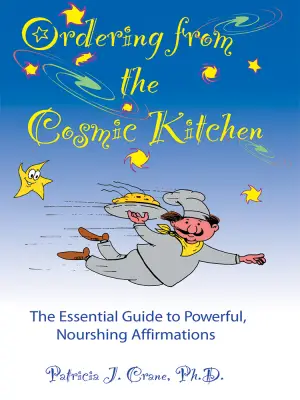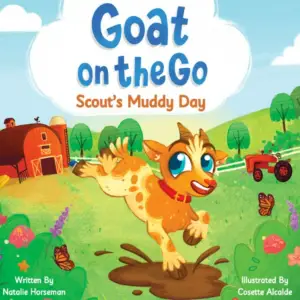Before We Were Trans: A New History of Gender by T. E. Heyam – A Personal Reflection
When I first picked up "Before We Were Trans," I sensed it would be more than a mere historical account; it promised to be a transformative exploration of gender across the ages. T. E. Heyam’s work captivates not just by addressing the nuances of gender nonconformity but by challenging the very frameworks through which we understand identity. As someone who thrives on delving into the complexities of human experience through literature, this book immediately drew me in, inviting a personal connection that resonated long after I turned the last page.
At its core, Heyam’s exploration is a thoughtful reevaluation of how history has treated marginalized gender identities. The book gracefully navigates examples of gender non-conforming behaviors, aiming to unpack the depths of ambiguity and complexity that traditional narratives often oversimplify. The author’s assertion that historians never need to prove a figure’s straightness or cisness is a striking reminder of how our cultural assumptions shape the narrative of history. This book pushes boundaries, urging readers to embrace the beautiful messiness of identity—a theme I found especially refreshing in an era often dominated by moral binaries.
What truly struck me was Heyam’s personal narrative woven throughout the historical examples. Their cautious tone, rather than coming off as defensive, reads as an invitation to engage deeply with topics that demand sensitivity and understanding. One moment that resonated with me was when they discussed the backlash faced while crafting a commemorative plaque for Anne Lister, a historical figure emblematic of the tensions between identity labels. Heyam deftly illustrates how seemingly simple actions can provoke complex and often hurtful reactions from communities deeply invested in the politics of identity.
The structure of the book, while thematically organized rather than chronologically, creates a briskly engaging pace that still encourages reflection. Even as I foundationally appreciated the breadth of topics covered, the rapid transitions sometimes felt overwhelming. I longed for moments to pause and digest the wealth of information, particularly as I was introduced to lesser-known historical figures whose stories are colored by ambiguity and complexity. While the compactness of "Before We Were Trans" invites accessibility, it could also benefit from deeper exploration of its poignant subjects for those readers who might be unfamiliar with the terrain.
In terms of writing style, Heyam balances accessibility with scholarly precision, making sophisticated ideas feel approachable. However, I found myself wanting more when they ventured into contemporary fiction; it felt at odds with the expansive nature of the rest of the book. While there’s undeniable value in acknowledging literary representations of trans and nonbinary identities, the selections felt somewhat narrow given the vibrant landscape in modern literature.
In essence, "Before We Were Trans" is a hopeful call to reexamine our understanding of gender as mutable and complex. It’s a book that will resonate with scholars, advocates, and curious readers alike, inviting all into a vital conversation about identity that is very much ongoing. Personally, it reignited my fascination with history, pushing me to consider how nuanced discussions about gender impact our lives today. So, if you’re willing to grapple with the intricacies of gender history and relish in the beauty of its messiness, I wholeheartedly recommend diving into Heyam’s compelling work.
This exploration of trans history is not just essential reading; it’s a reminder that our tales of gender are fluid and ever-evolving.
Discover more about Before We Were Trans: A New History of Gender on GoodReads >>












